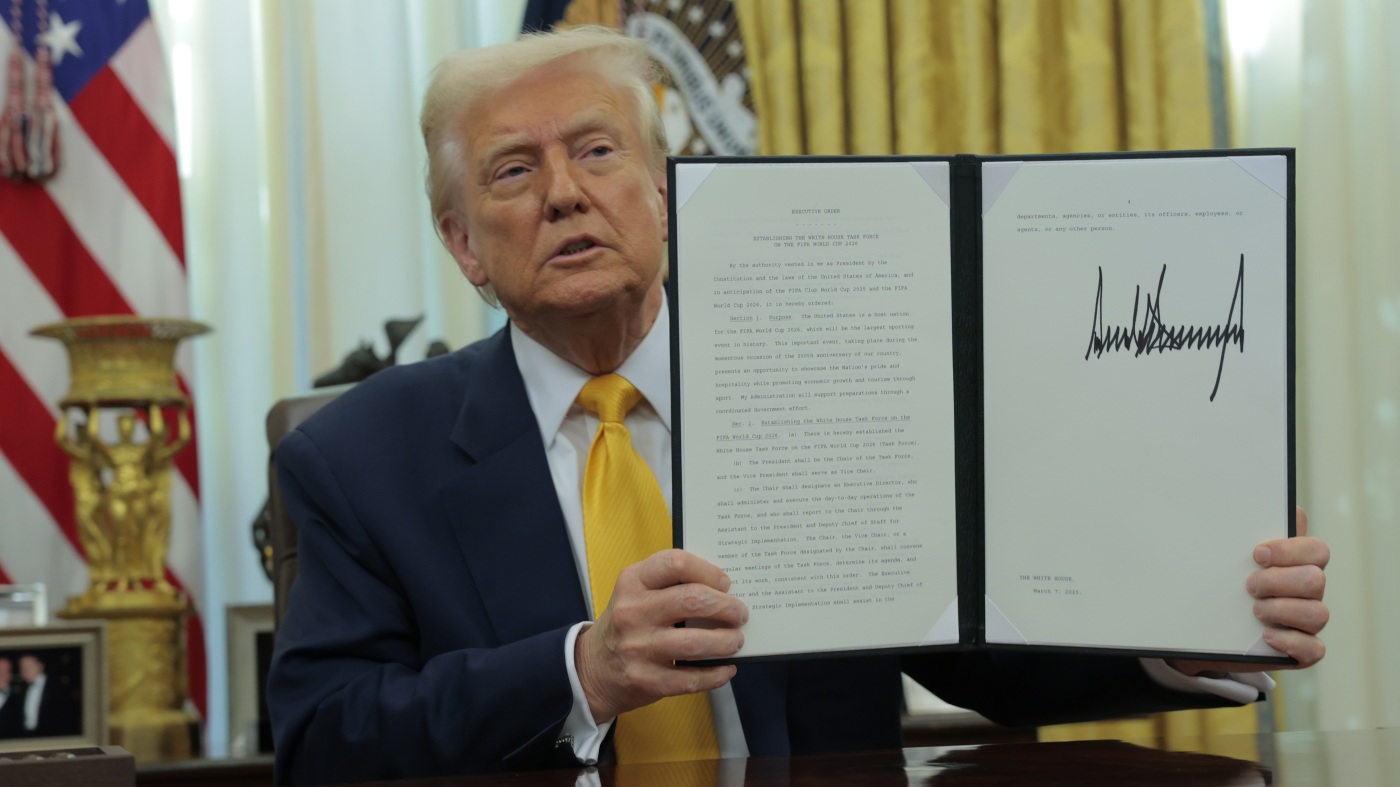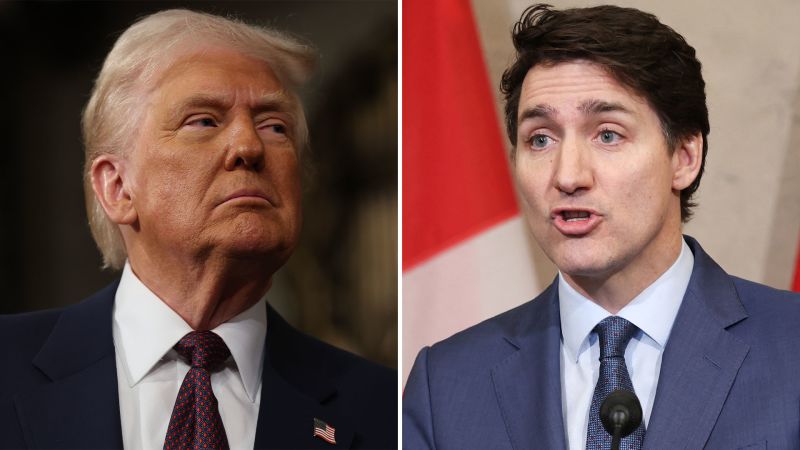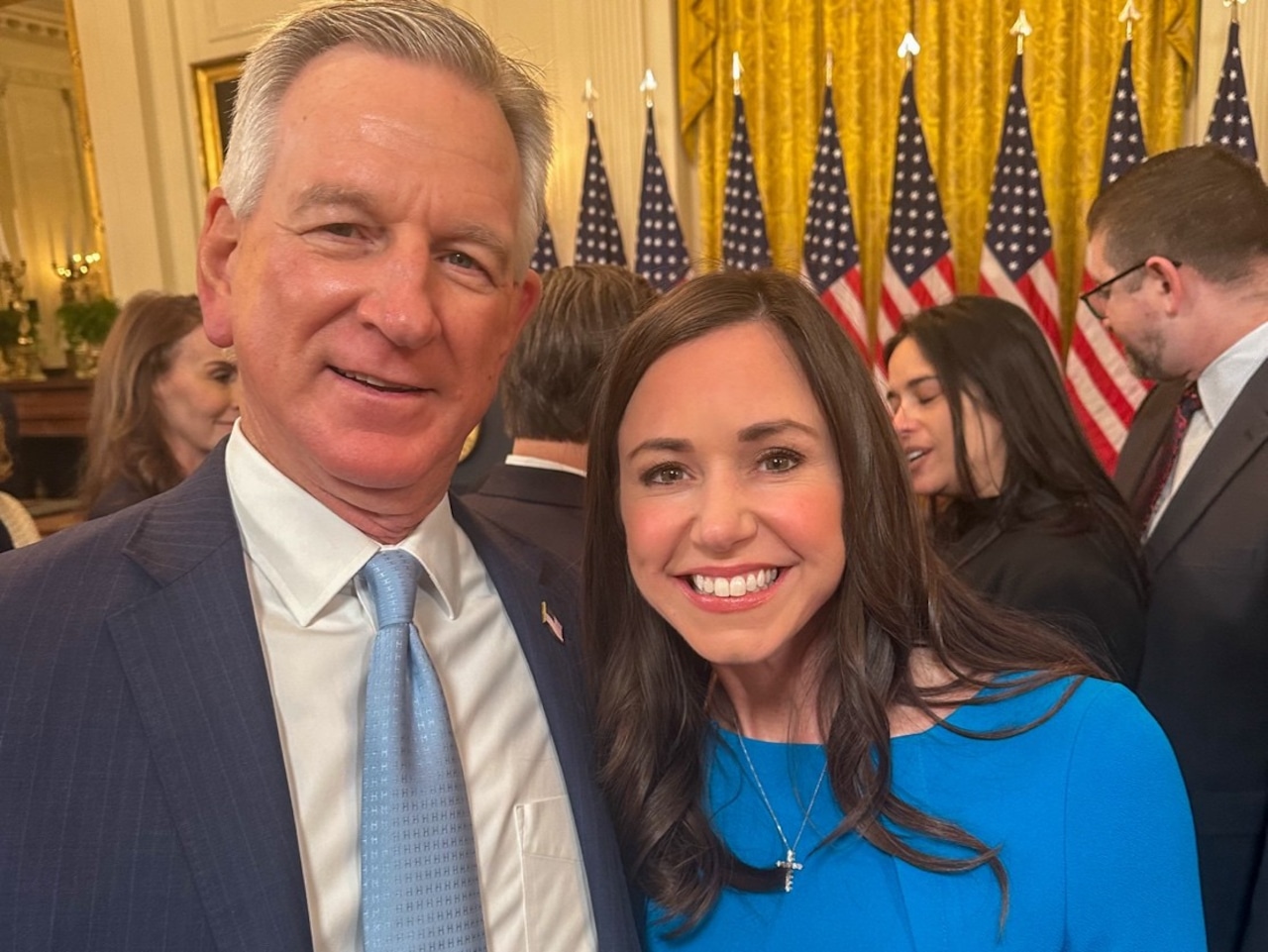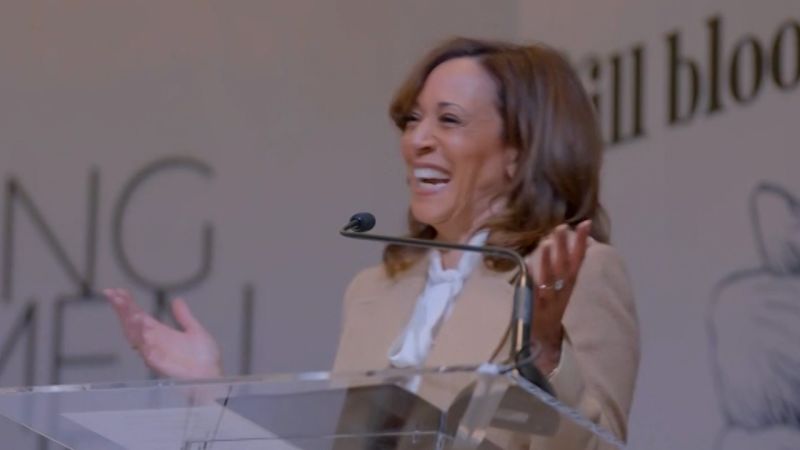Trade War Twist: Trump Eases Tariffs but Cranks Up Pressure on China with Massive 125% Import Rate
Politics
2025-04-09 17:35:47Content

In a dramatic shift amid escalating global economic tensions, President Donald Trump made a surprising strategic move on Wednesday, temporarily suspending tariffs on most countries while simultaneously intensifying trade pressures on China. The unexpected decision signals a nuanced approach to international trade negotiations, offering a brief reprieve to global markets while maintaining a hardline stance against Chinese economic practices.
Trump's 90-day tariff suspension for numerous nations comes as a potential olive branch to international trading partners, potentially easing mounting economic uncertainties. However, the administration simultaneously increased import taxes on Chinese goods, underscoring the ongoing trade conflict between the world's two largest economies.
This calculated maneuver suggests a complex diplomatic strategy, balancing economic diplomacy with a continued commitment to challenging what the administration perceives as unfair trade practices. The move could provide breathing room for negotiations while keeping economic pressure squarely focused on China.
Market analysts and international trade experts will be closely watching the implications of this strategic pivot, which could significantly impact global economic dynamics in the coming months.
Global Trade Tensions: Trump's Tariff Tango Reshapes Economic Landscape
In the high-stakes arena of international commerce, presidential decisions can send seismic waves through global markets, fundamentally altering economic relationships and challenging long-established trade paradigms. The intricate dance of international tariffs represents more than mere economic policy—it's a strategic chess match with profound implications for nations, corporations, and everyday citizens.When Economic Strategies Collide: A Pivotal Moment in Trade Diplomacy
The Geopolitical Chessboard of Trade Negotiations
The complex landscape of international trade negotiations reveals a nuanced battlefield where economic strategies intersect with geopolitical ambitions. President Trump's approach to tariffs represented a bold, unconventional strategy that challenged traditional diplomatic and economic norms. By strategically targeting specific nations and economic sectors, the administration sought to rebalance what it perceived as inequitable trade relationships. The tariff strategy was not merely a punitive measure but a calculated attempt to restructure global economic dynamics. Each tariff decision carried intricate implications, potentially reshaping supply chains, manufacturing capabilities, and international economic partnerships. The approach demanded a delicate balance between assertive economic nationalism and maintaining critical international relationships.Economic Ripple Effects and Market Responses
Global markets responded with remarkable sensitivity to these trade policy shifts. Investors, corporations, and economic analysts closely monitored every announcement, understanding that tariff decisions could trigger substantial market volatility. The uncertainty created by these trade tensions prompted businesses to reassess their international strategies, potentially accelerating trends of economic regionalization and diversification. The economic ecosystem demonstrated remarkable adaptability, with companies exploring alternative supply chains, manufacturing locations, and trade routes. This dynamic environment highlighted the interconnected nature of modern global commerce, where a single policy decision could trigger cascading economic transformations.Navigating Diplomatic Complexities
The tariff negotiations represented a sophisticated diplomatic ballet, where economic leverage intersected with geopolitical relationships. Each negotiation involved intricate calculations of national interests, strategic positioning, and long-term economic objectives. The approach went beyond simple economic transactions, embodying a broader strategy of economic statecraft. Diplomatic channels became critical conduits for negotiation, with trade representatives engaging in complex discussions that balanced national economic interests with international cooperation. The process demanded nuanced communication, strategic compromise, and a deep understanding of each nation's unique economic ecosystem.Technological and Innovation Implications
Trade policies like tariffs had profound implications for technological innovation and industrial development. By influencing the cost and accessibility of international technology transfers, these policies could potentially accelerate or impede technological progress. Sectors such as electronics, telecommunications, and advanced manufacturing found themselves at the intersection of trade policy and innovation strategy. The tariff landscape became a critical factor in determining technological competitiveness, potentially reshaping global innovation ecosystems. Companies and nations alike had to develop sophisticated strategies to navigate these complex economic terrains, balancing protectionist impulses with the need for continued technological advancement.Long-Term Economic Strategy and National Positioning
Beyond immediate market reactions, these trade policies represented long-term strategic positioning. Nations were not just responding to current economic conditions but preparing for future global economic configurations. The tariff approach reflected a broader vision of economic sovereignty, technological independence, and strategic national development. Each policy decision carried implications that extended far beyond immediate economic metrics, potentially influencing generational economic trajectories. The intricate interplay between trade policy, technological innovation, and national strategic interests created a complex and dynamic global economic landscape.RELATED NEWS
Politics

GOP Lawmakers Brace for Voter Backlash Over Controversial Budget Slashes
2025-03-23 05:00:54







